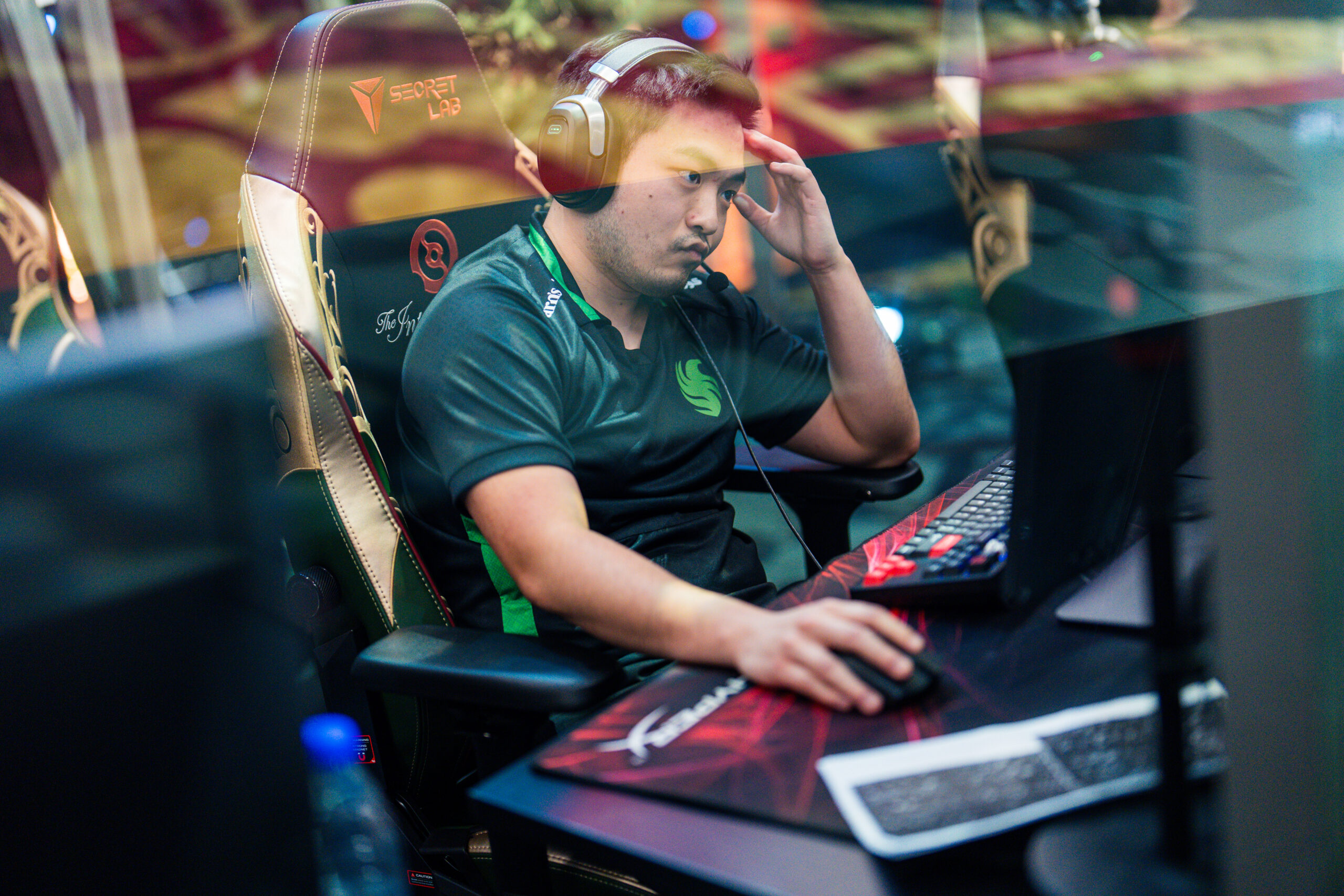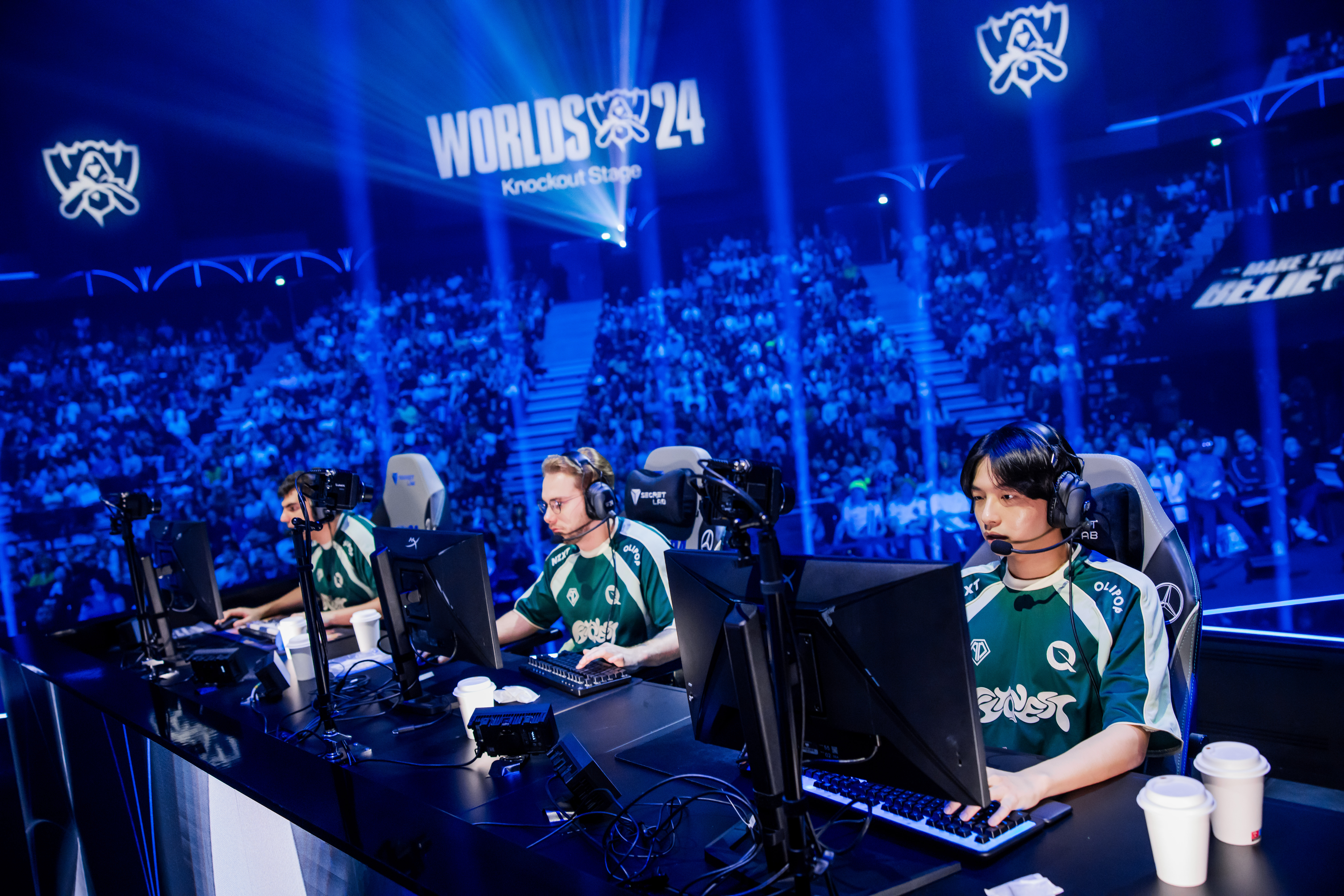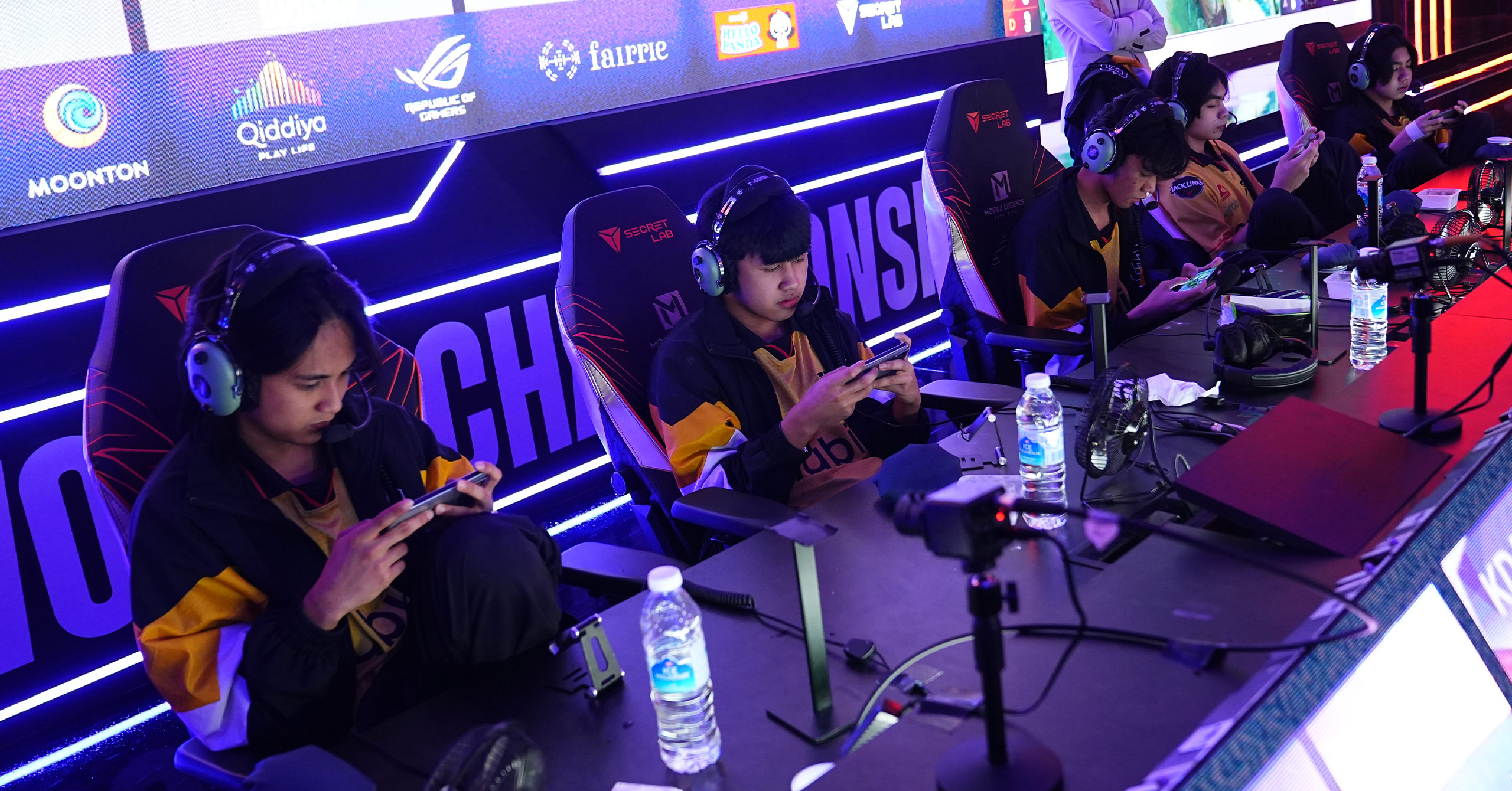Competitive video games are always evolving and that’s a challenge that every pro player needs to face.
For practically every esport, a new year means a new competitive season, which also brings with it the interesting problem of major patches in esports. Most competitive video games see a new season as a good time to shake things up and make big changes. It keeps things exciting but it’s also a challenge for those who play these games professionally.
Now, games making changes to their rules is not something unique to esports. Many people may have this image in their heads of traditional sports being something timeless and static but they undergo changes as well. For example, the libero position in volleyball is a relatively new addition to the sport, seeing widespread use around 2002. Basketball also has its own constant rules tweaks, with discussion of adding something like a 4-point line on the table.

The main difference is that major patches in esports happen at a much more regular pace. While the games themselves stay the same, the constant adjustments to them mean that players need to be constantly adapting their playstyle if they want to stay competitive.
For context, the official FIBA measurement for the 3-point line is 6.75m around the basket. Now imagine if every month they slightly shift that measurement to be shorter or longer. It can become rather tedious having to pay attention and adjust to those constant changes.
Spicing Up the Game
The reasons developers make these regular changes range from necessary gameplay balancing reasons to adding new mechanics that’ll drive up interest in the game. Popular competitive games like MLBB and Street Fighter do this by regularly releasing new and unique characters. This is a sure way to bring attention to the game, especially if the new character is doing something never seen before.
Gameplay changes also bring eyes to the game but they usually have to be significantly larger changes. Things like reworking a character or mechanic and adding new items are game-warping enough to get people’s attention although smaller number tweaks can work as well.
All this is to say that for the developers of these games, keeping them fresh and interesting is their priority. A great thing for their casual audience but often a headache for the pros. Major patches in esports usually signal a big shift in the established meta. It’s something that professional players and teams need to focus on because it could make or break their entire season.
Constantly Keeping Up
Too often we see in esports a player or team suddenly drop off after a big update. It’s usually due to a number of things — their winning strategy no longer works, they have difficulty adapting to the changes, etc. The opposite can be true as well, with a player or team figuring out the patch first and rocketing forward into dominance.
This makes esports sound rather volatile and to an extent that’s true. Major patches in esports have usually led to some rather ‘interesting’ periods of time in a game’s history. An example would be the 2015 League of Legends World Championships, where Riot Games thought it would be a good idea to drop a major class update right before their biggest tournament of the year. There’s also Dota 2’s New Frontiers update; a bombshell of a patch that many fans jokingly called the ‘Dota 3 patch’.

There’s a constant discussion about the cadence of these changes. Some argue that it ruins competitive integrity and fairness to the teams when their entire season could be flipped due to one or several patches. Others say that it comes with the territory of being a professional esports player or team. You need to constantly be on your toes as a pro. Plus, it’s unreasonable to expect the developers to stop or slow down the updates to their game.
Right now there’s an understanding between the developers and pros about implementing these big changes. There’s real money and effort being applied to esports and having all of that fall apart because of a change is not a good look for anyone.
Adaptability therefore becomes the most valuable skill for a pro player. After all, there’s no guarantee that you’ll be playing the same game in the future.
Banner photo from MOONTON Games.
